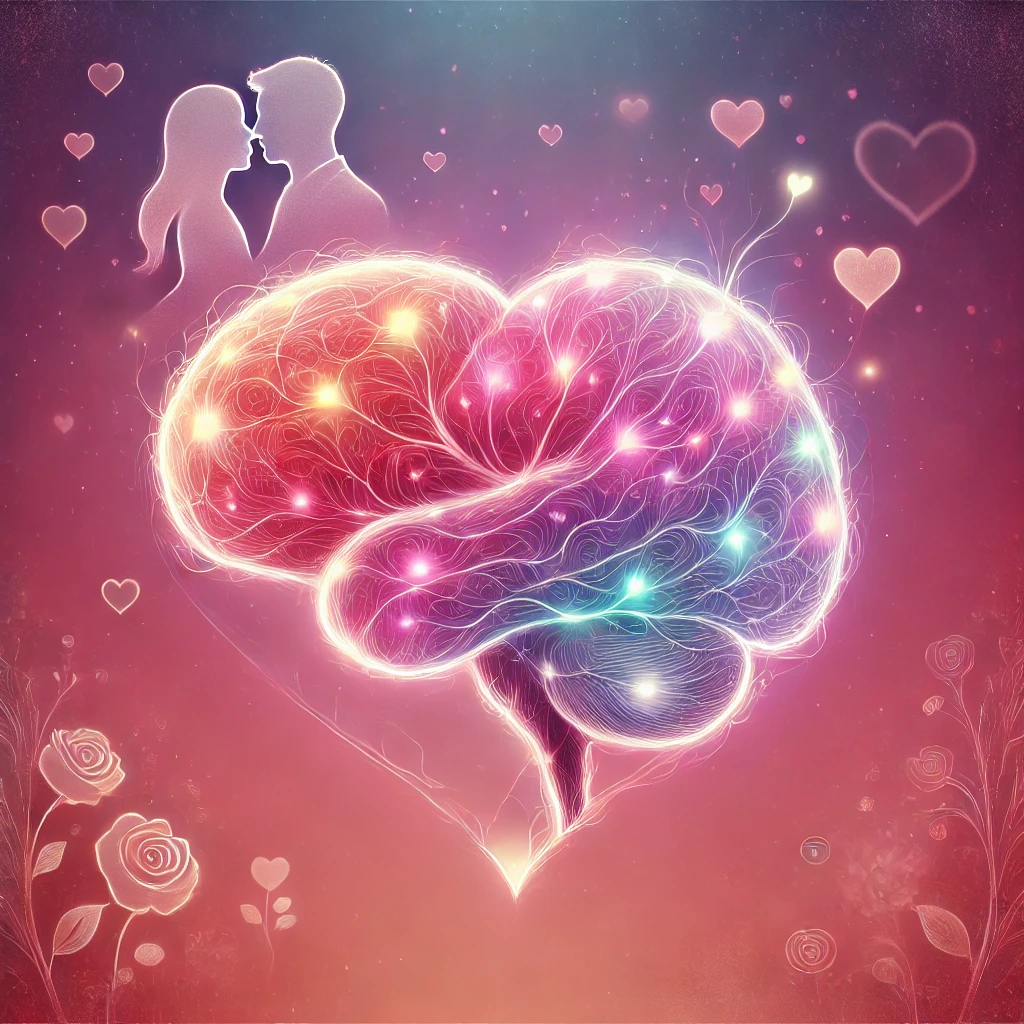
Ever found yourself constantly thinking about someone—checking your phone, replaying conversations, getting that rush when they text back? You’re not just being dramatic. There’s real neuroscience behind why love can feel so intense, addictive, and even all-consuming.
In this article, we’re diving into what happens in your brain when you fall in love, why romantic attachment can turn into obsession, and how to handle it when your heart feels like it’s on fire. Whether you’re in a new relationship, nursing a crush, or dealing with a breakup, understanding the science behind it all can actually help you feel a little more in control.
What Is Romantic Attachment, Really?
Let’s start with the basics. Romantic attachment is the emotional bond we form with someone we love or desire. It’s part chemistry, part psychology, and 100% real in your brain.
A lot of this comes from attachment theory, which says our early experiences with caregivers shape how we connect to people later in life. There are different attachment styles—secure, anxious, avoidant—and they influence how we love and what we expect in relationships.
But no matter your attachment style, when you really like someone, your brain starts doing wild things to make sure you stick around.
Your Brain on Love: A Chemical Cocktail
Falling in love activates a flood of neurochemicals. Think of it like your brain throwing a party every time you see or think about your person.
- Dopamine: This is the “feel-good” chemical. It lights up your brain’s reward system, the same one activated by drugs, food, and other addictive things. That’s why new love can feel euphoric, even obsessive.
- Oxytocin: Sometimes called the “cuddle hormone,” this helps build trust and closeness—especially after sex or physical touch.
- Serotonin: Ironically, this stabilizing chemical drops in early love. That’s right—falling in love can make your serotonin levels look like someone with OCD, which might explain why you can’t stop thinking about them.
- Vasopressin: Linked to long-term bonding and loyalty, this hormone becomes more active as relationships get serious.
Fun fact: Brain scans of people in love show increased activity in the reward centers—just like someone on a high. You’re not imagining it. Love literally lights you up.
Why Love Feels Like a Drug
There’s a reason people say they’re “addicted to love.” It’s not just a catchy lyric—it’s biological.
The same brain pathways that get activated by cocaine or alcohol light up when you’re falling for someone. That’s why love can feel exhilarating, but also why rejection or distance can feel like actual withdrawal.
Here’s what obsessive love might look like:
- You think about them constantly
- You get anxious when you don’t hear from them
- You replay old messages or stalk their socials
- Your mood shifts depending on their attention
The brain loves reward and uncertainty, and romantic relationships—especially early or unstable ones—offer both. That combo keeps your brain hooked.
Why Breakups Hurt So Damn Much
You know the saying “heartbreak hurts”? Neuroscience says yep—it really does.
Breakups activate the same brain regions associated with physical pain, especially the anterior cingulate cortex. That’s why emotional rejection can feel like a punch to the gut.
When love ends, your brain loses that steady supply of dopamine, oxytocin, and routine connection. It’s like your body is going through withdrawal—and it kinda is.
And then there’s the rumination: thinking about what went wrong, replaying memories, checking their feed. That’s your default mode network going into overdrive—basically, your brain’s “thinking about the past” engine.
Healing takes time. But there are ways to ease the process.
Can You Hack Your Brain to Handle Love Better?
Luckily, you’re not powerless. Understanding how your brain works gives you a way to handle romantic obsession in a healthier way.
Here are some neuroscience-backed strategies to help:
- Mindfulness + Meditation
These reduce activity in brain areas linked to stress and help calm obsessive thoughts. - Move Your Body
Exercise increases dopamine and serotonin levels—naturally boosting your mood and reducing craving. - Cut the Triggers
Avoid checking their social media or rereading texts. This just keeps the “reward circuit” activated. - Reframe the Story
Cognitive reframing helps you replace “they were perfect” with more realistic thoughts. - Build New Rewards
Hang out with friends, start a new project, or dive into something fun. Your brain needs new sources of dopamine.
Over time, your brain rewires. New neural pathways form. That intense craving fades.
The Bottom Line
Romantic obsession isn’t just in your head—it’s in your brain. Love activates powerful systems that evolved to help us bond and survive. But sometimes, those same systems can make us feel stuck, overwhelmed, or even a little out of control.
Knowing what’s happening under the surface doesn’t make the feelings disappear—but it can help you make sense of them. And that’s a powerful first step in getting through it.
Need more insight on how to navigate dating and emotions? Stick around—we’re all about real talk, smart tips, and getting your brain and heart on the same page.



